-
 © Olgun Kordal/Classic & Sports Car
© Olgun Kordal/Classic & Sports Car -
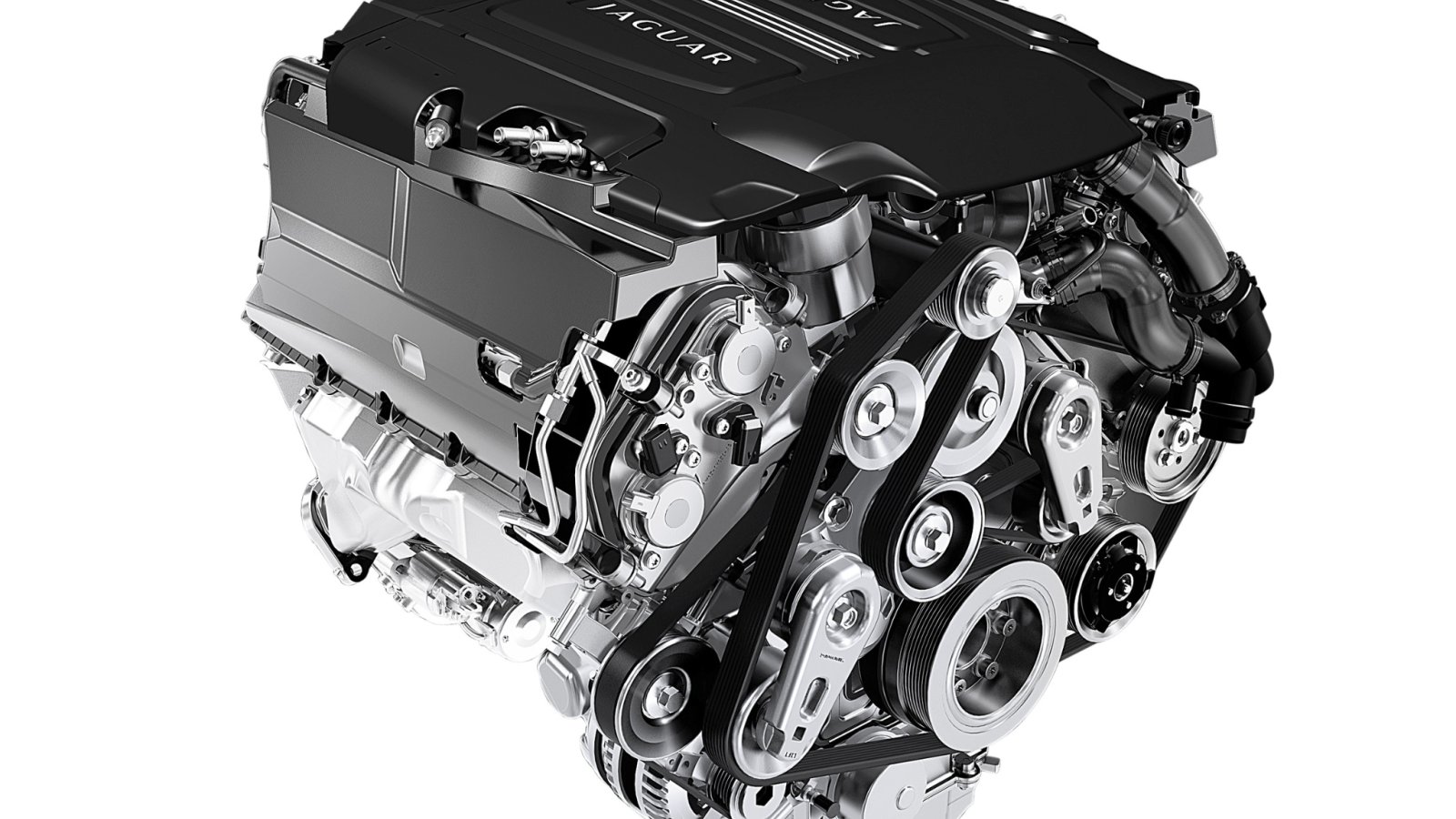 © Jaguar
© Jaguar -
 © Collecting Cars
© Collecting Cars -
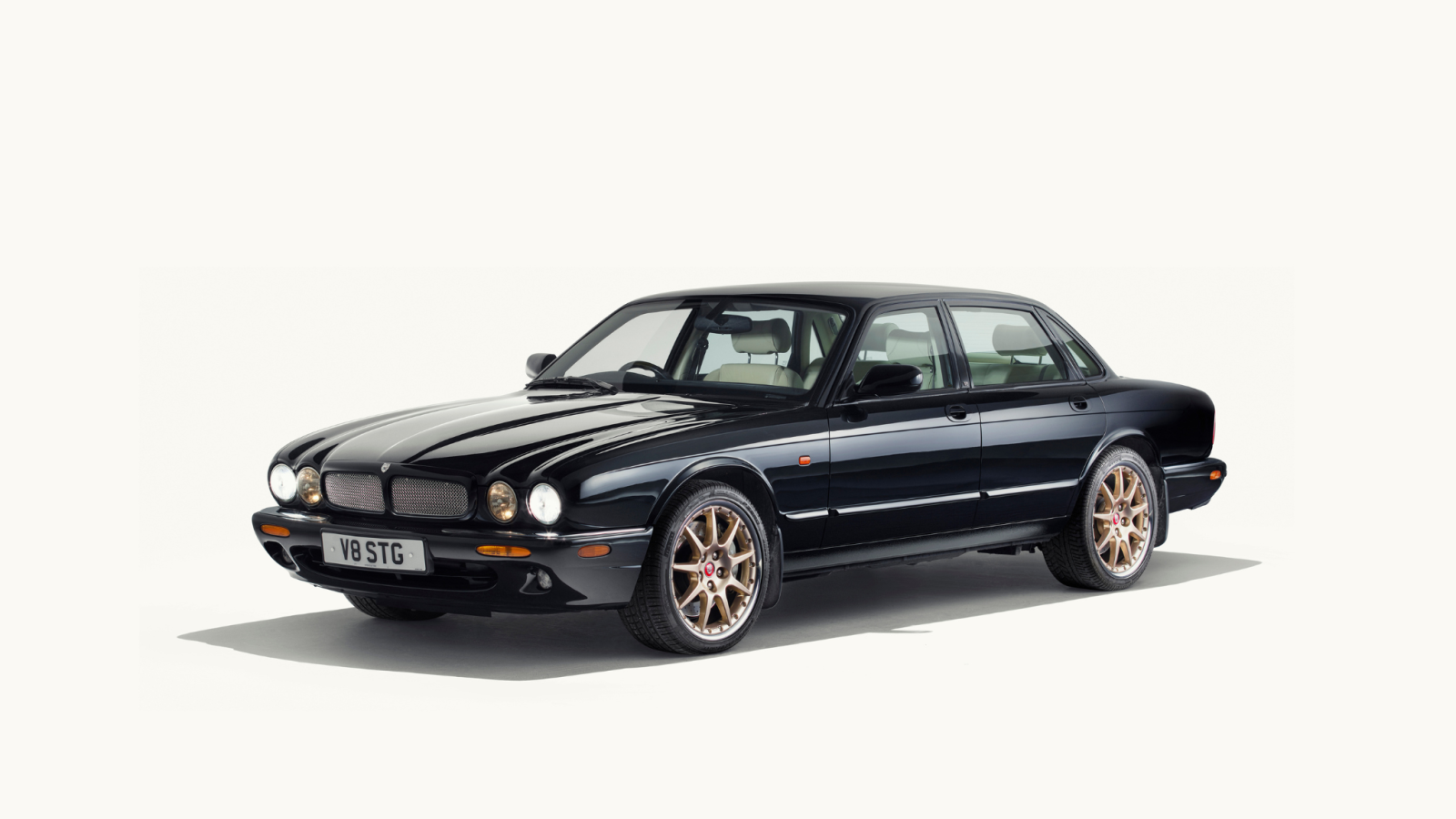 © Jaguar
© Jaguar -
 © Classic Car Auctions
© Classic Car Auctions -
 © Stopsign002/Creative Commons licence https://creativecommons.org/licenses/by-sa/3.0/deed.en
© Stopsign002/Creative Commons licence https://creativecommons.org/licenses/by-sa/3.0/deed.en -
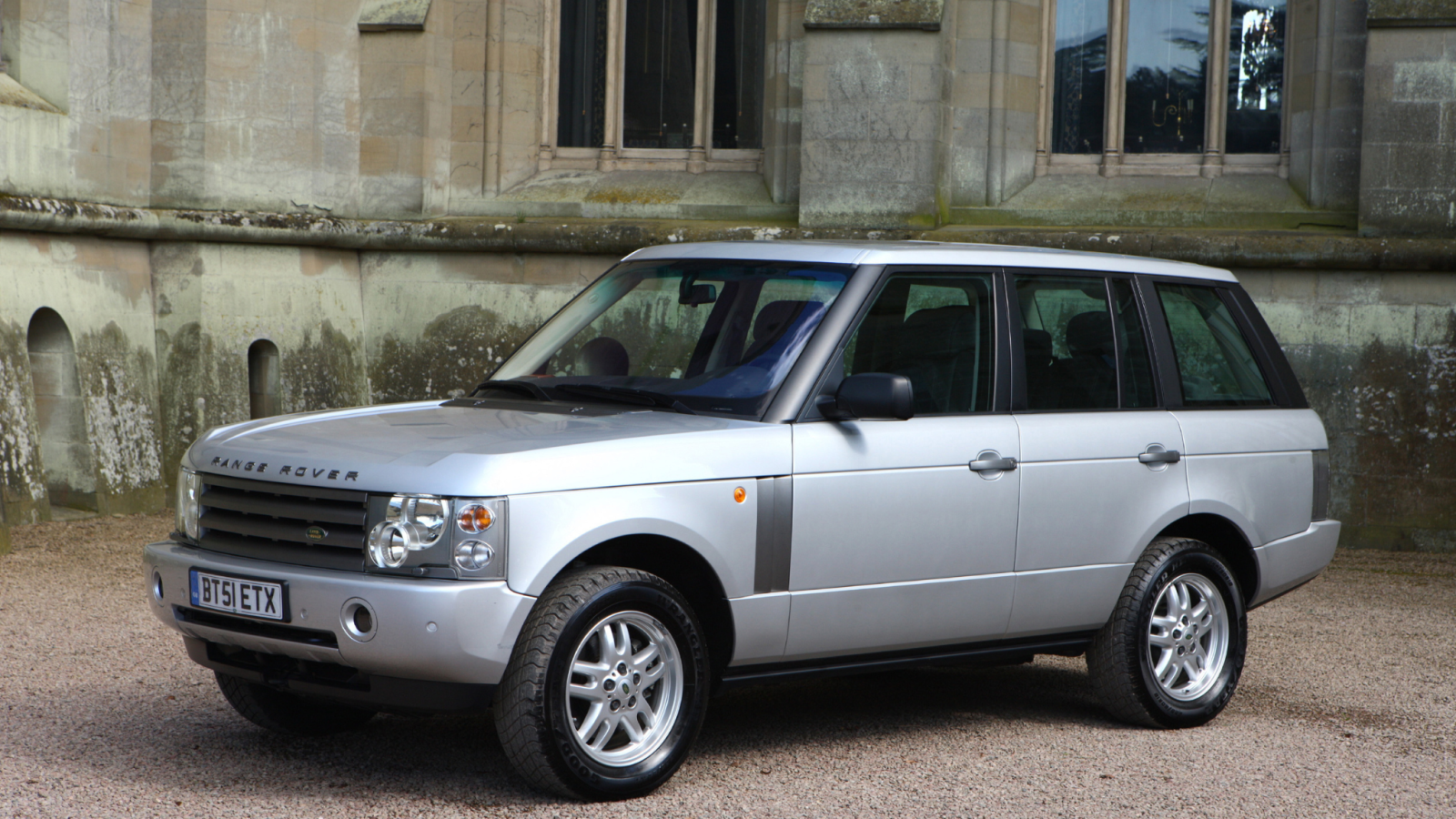 © Land Rover
© Land Rover -
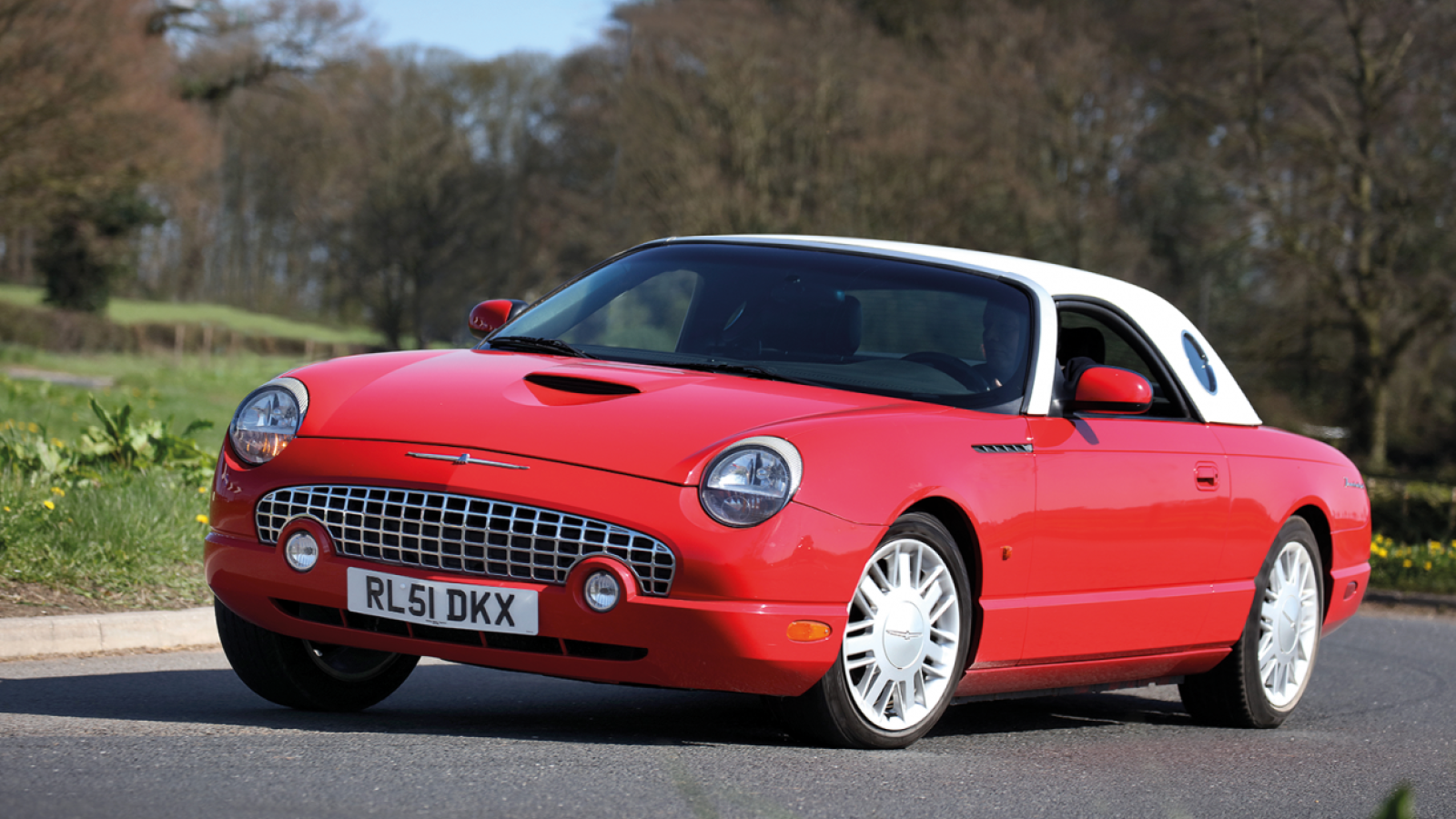 © James Mann/Classic & Sports Car
© James Mann/Classic & Sports Car -
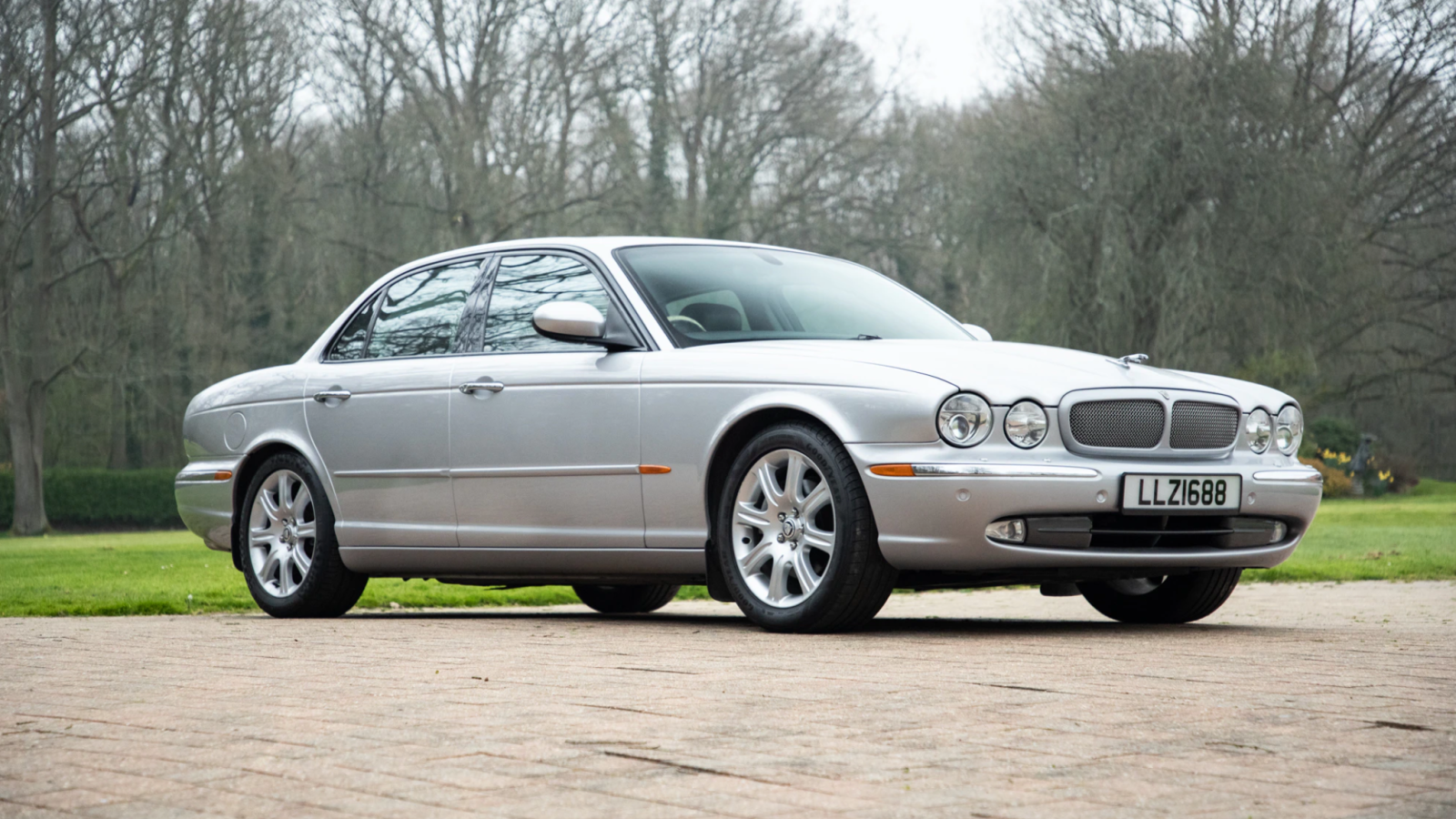 © Collecting Cars
© Collecting Cars -
 © Land Rover
© Land Rover -
 © Collecting Cars
© Collecting Cars -
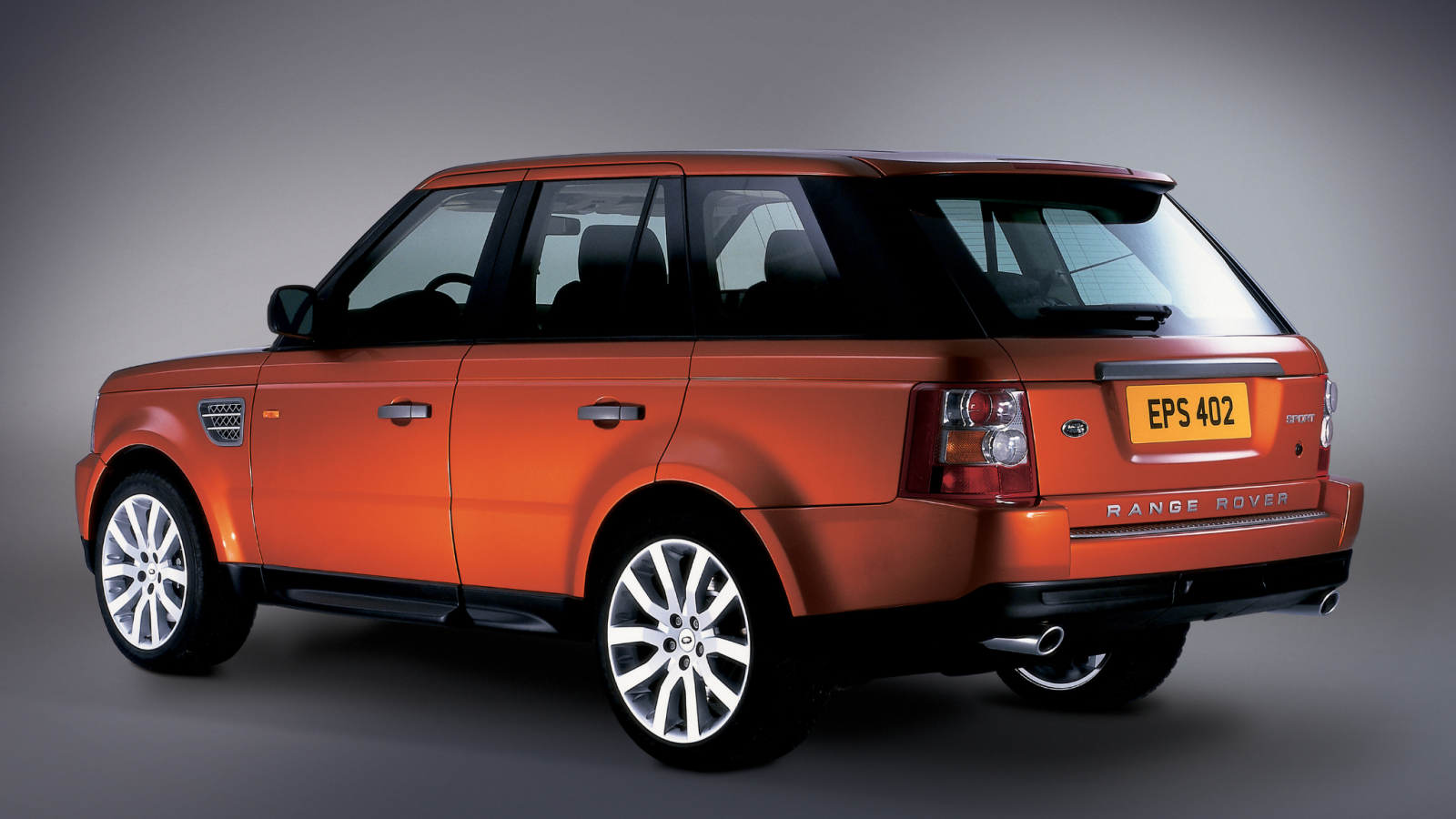 © Land Rover
© Land Rover -
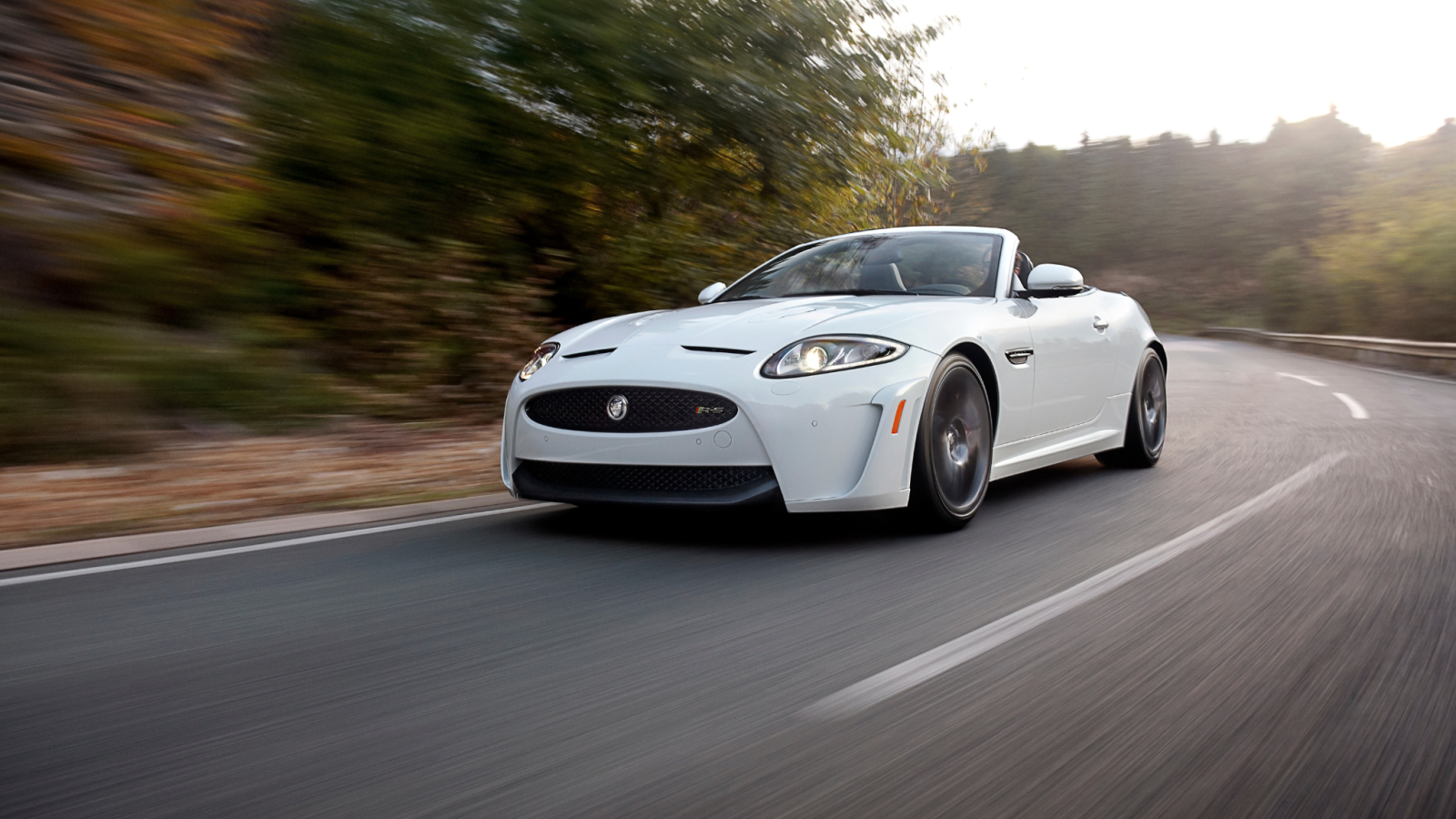 © Jaguar
© Jaguar -
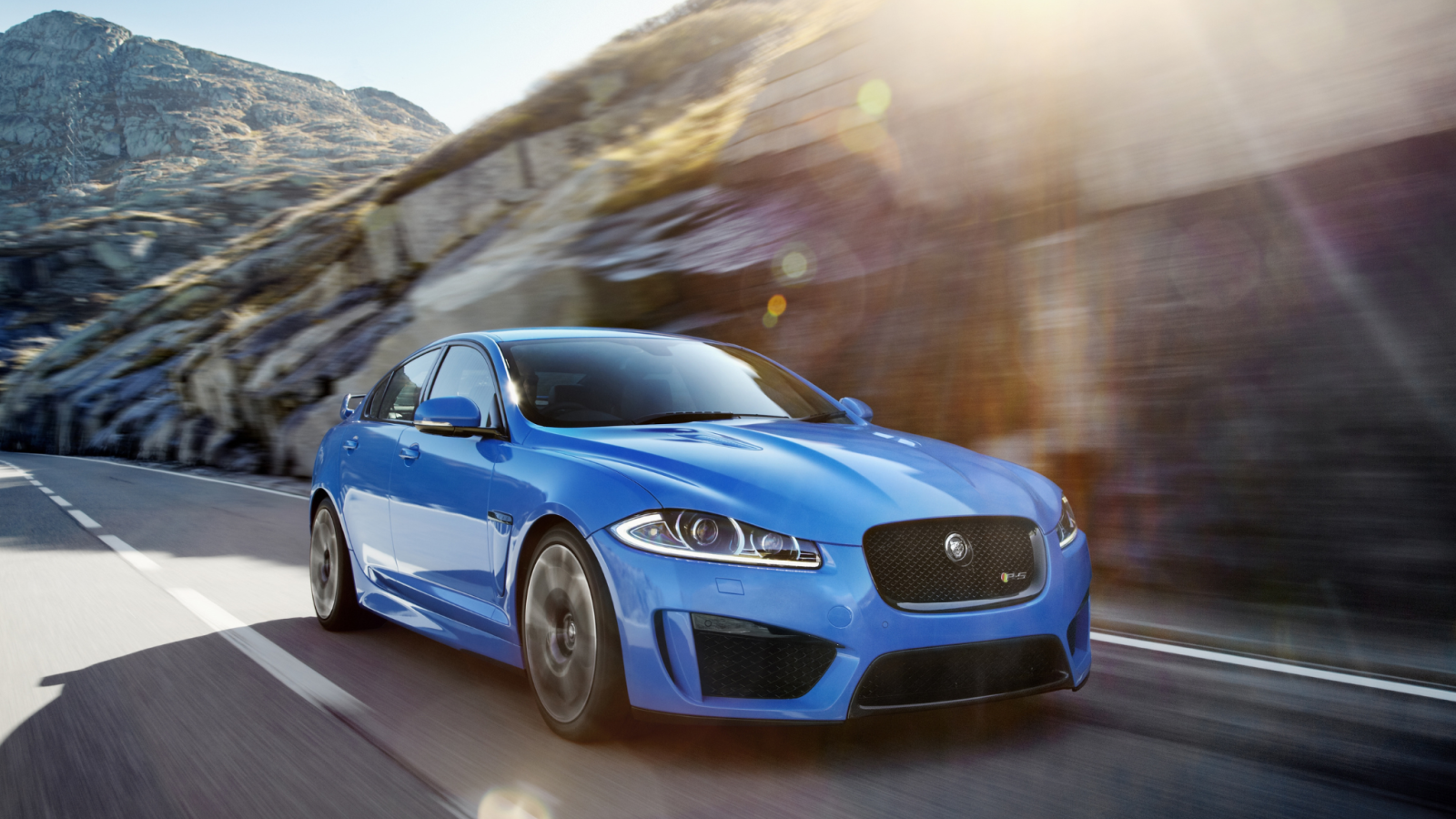 © Jaguar
© Jaguar -
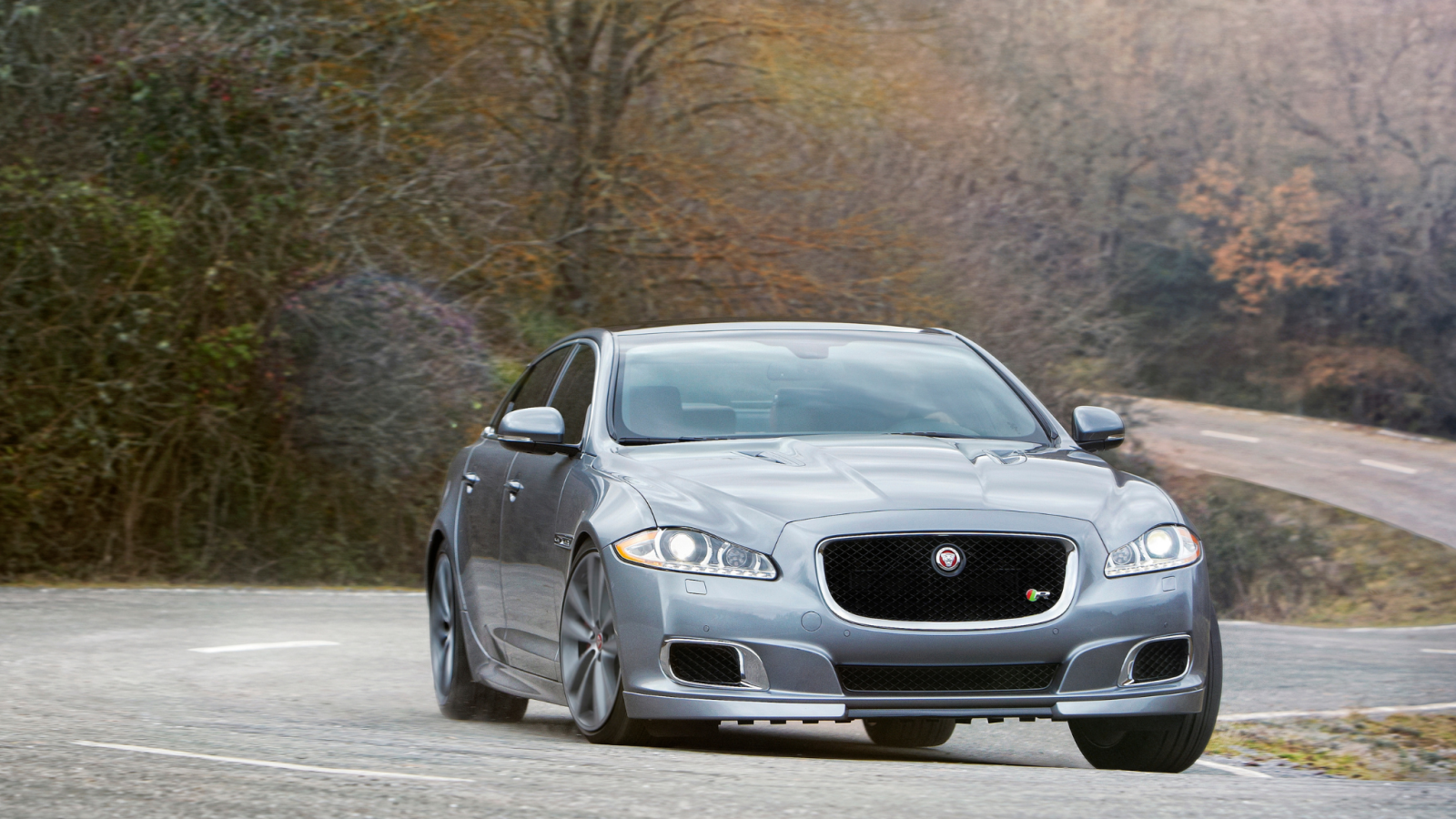 © Jaguar
© Jaguar -
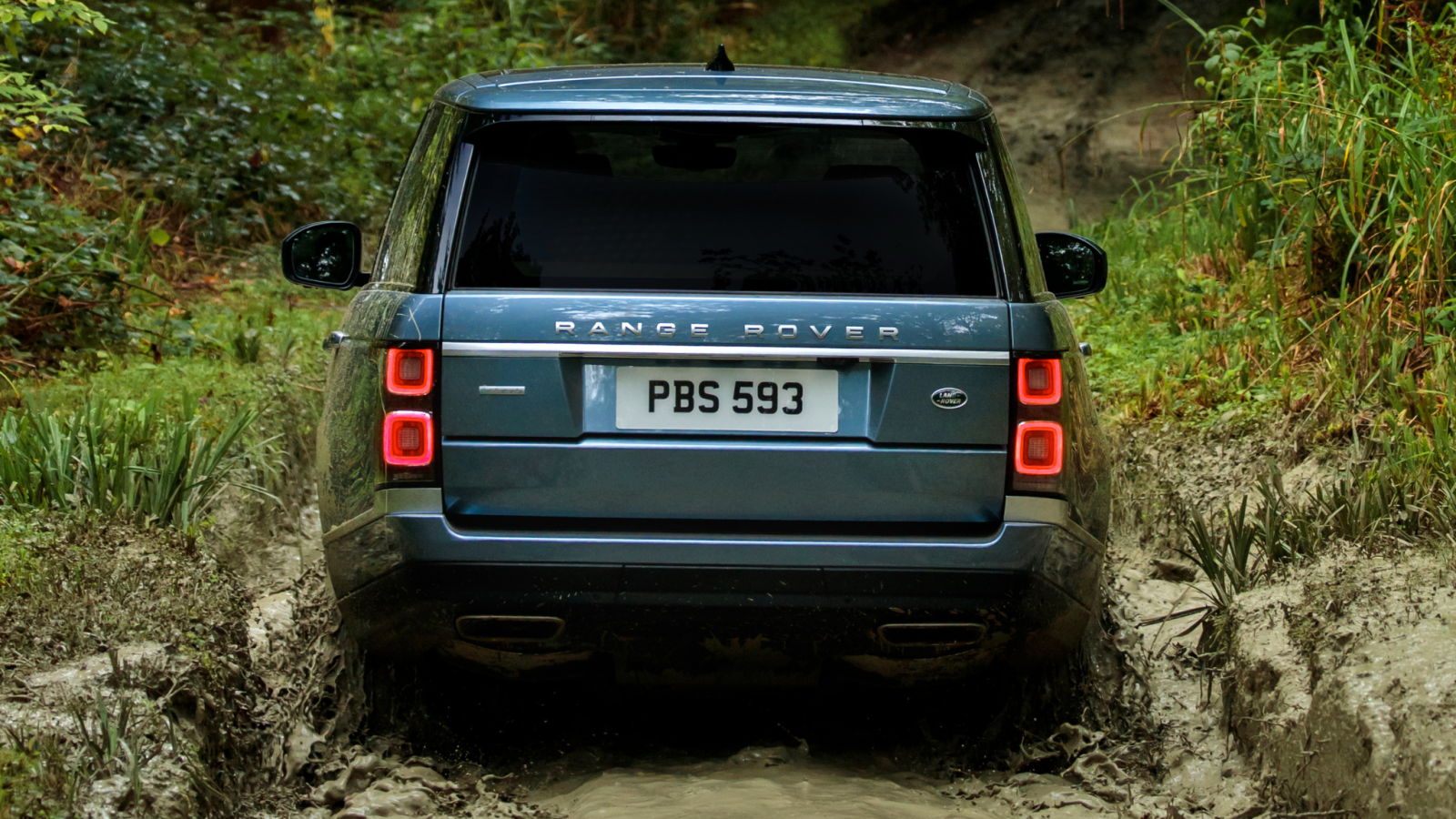 © Land Rover
© Land Rover -
 © Jaguar
© Jaguar -
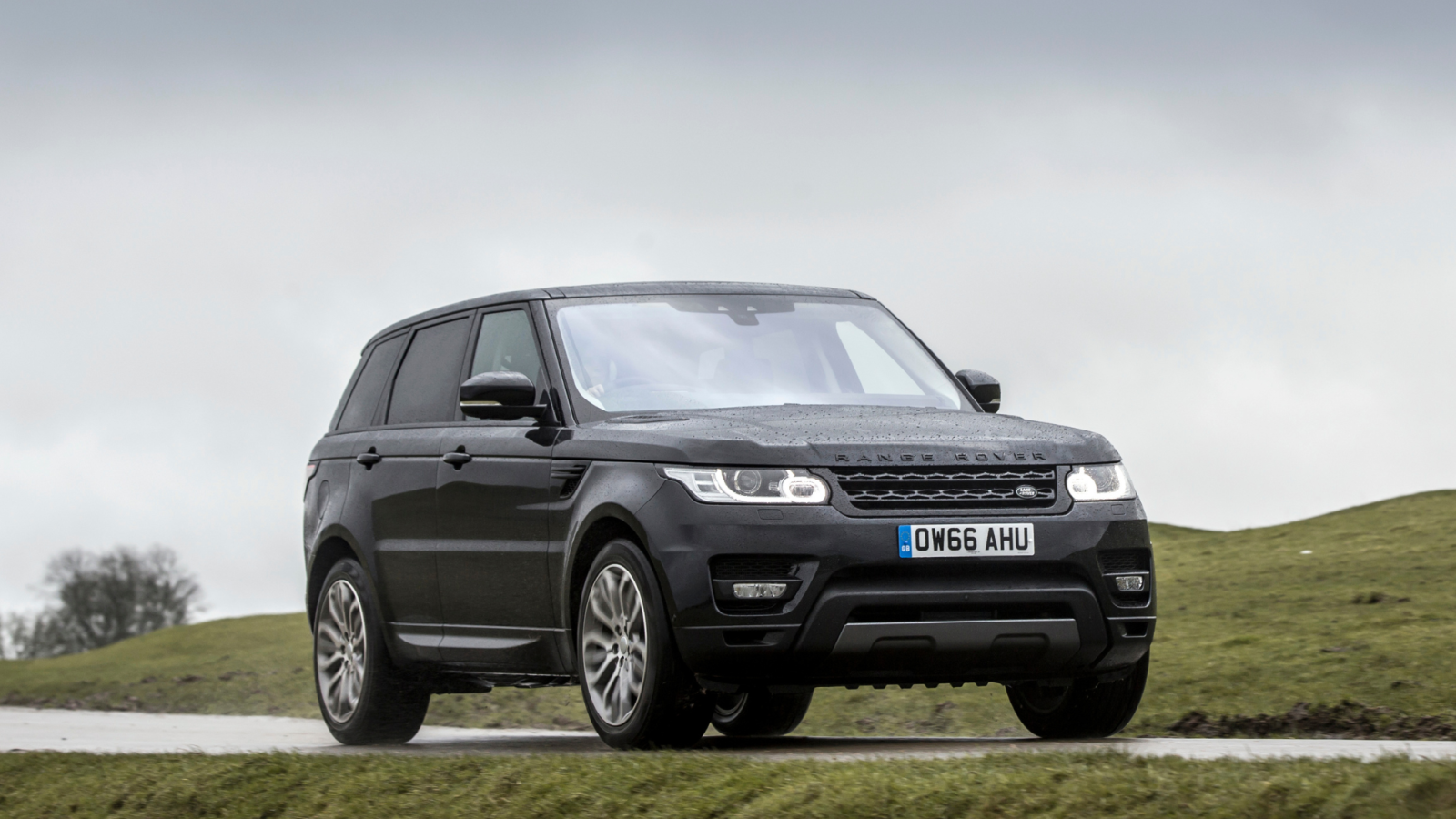 © Land Rover
© Land Rover -
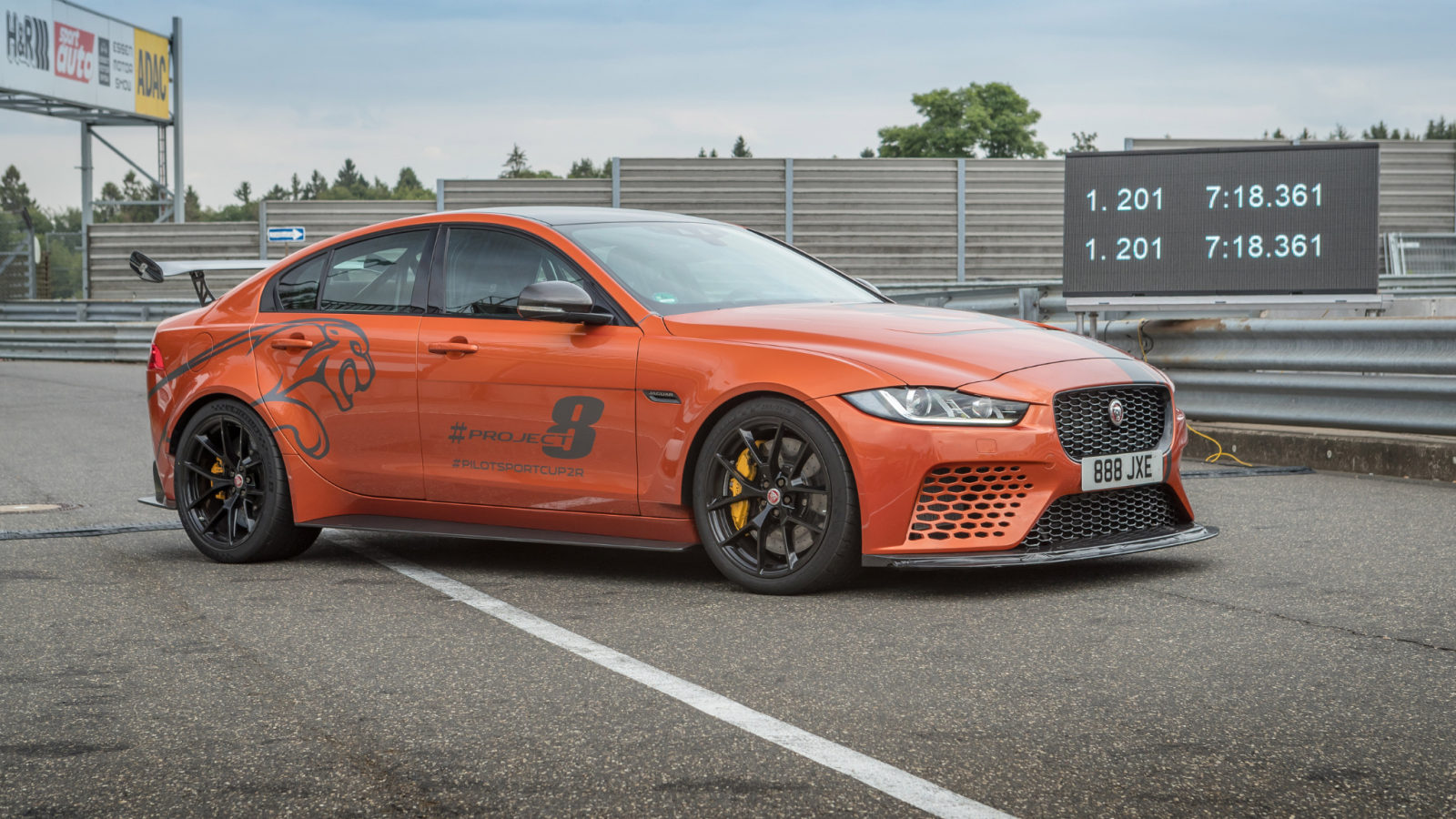 © Jaguar
© Jaguar -
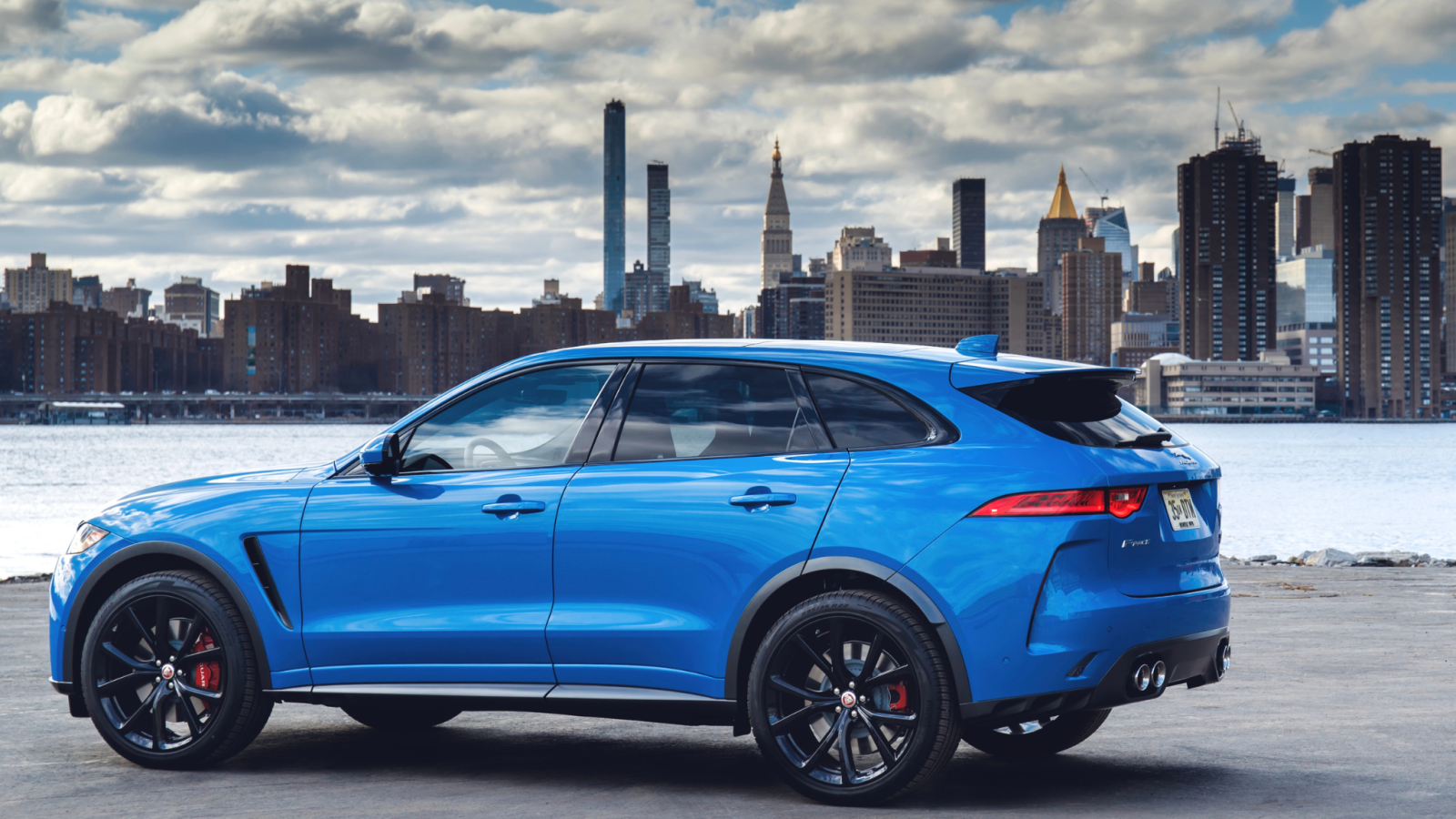 © Jaguar
© Jaguar
-
Great ‘eight’
Come 2025, Jaguar plans to switch to being a fully electric brand, which will make for quite a contrast to the supercharged V8 it still offers right now.
Officially codenamed the AJ-V8, this characterful, powerful engine dates all the way back to the early 1990s in prototype form and so predates Ford’s previous ownership of Jaguar, not to mention current custodian Tata’s.
The AJ-V8 was the first V8 Jaguar ever created and replaced both the brand’s six- and 12-cylinder engines.
Led by Trevor Crisp and David Szczupak, the engineering team created an all-alloy unit with a five-bearing crankshaft, hollow one-piece cast camshafts and twin-cam cylinder heads, the latter produced by Cosworth.
-
Under the bonnet
The AJ-V8 must’ve been a crucial factor in Ford’s purchase of Jaguar in 1989.
As Ford assembled its Premier Automotive Group, so the new engine found its way into not just a whole new generation of Jaguars, but Land Rovers, Lincolns, Fords and Aston Martins, too.
Along the way it stretched from a naturally aspirated 3.5 litres to a supercharged 5 litres, and has been manufactured at Ford’s Bridgend plant in Wales, hand-assembled in Cologne for Aston and more recently been made in-house by Jaguar Land Rover.
Over the next slides, our gallery details every model ever to feature the AJ-V8, listed in chronological order, to celebrate the life and times of arguably one of the best engines ever.
-
1996 Jaguar XK8
The stylish new XK8 was quite the way for the AJ-V8 to make its production entrance in 1996, and helped put much-needed fresh air between the aged and outgoing XJS that had donated the XK8 its floorpan.
Buyers could choose from a coupé or a convertible, with the V8 available first as a naturally aspirated 4-litre (290bhp), later growing to 4.2 litres and offered with a supercharger for XKR models – the Eaton blower slotted perfectly between the 90-degree vee and gave the 4.2 a 100bhp bump.
-
1997 Jaguar XJ
Hard to visually differentiate from the previous XJ and still based on the XJ40 platform, the 1997 XJ limo’s conservative body hid a new, downsized version of the AJ-V8 with 3.2 litres and was Jaguar’s first V8-powered saloon.
Later in the life cycle, Jaguar introduced XJs with 4-litre naturally aspirated and supercharged versions of the V8, the latter fitted to the 370bhp XJR.
The R1 performance upgrade is a particularly sought-after option, with BBS alloys, uprated suspension and Brembo brakes.
-
1999 Jaguar S-type
Borrowing the name and look of its 1960s forbear, the Geoff Lawson-penned S-type made its debut in 1999 and offered a range of V6 petrols and diesels, but it was with the 282bhp 4-litre V8 – available from launch – that Jaguar set hearts racing.
Even better, the S-type R launched in 2002 with the supercharged 4.2 offering close to 400bhp.
Bag an Ian Callum post-2004 facelifted example and you’ve got the best of the best.
-
1999 Lincoln LS
A distant cousin of both the Jaguar S-type and Ford Thunderbird, Lincoln’s LS used the same Ford DEW98 platform with all-round double-wishbone suspension and a rear-drive layout, but wrapped it all in a body so dreary its own mother would drive straight past it.
Base models started the bidding with a 3-litre V6, but a 3.9-litre version of the AJ-V8 was top of the tree, chucking out a respectable 252bhp.
Good enough to win Motor Trend’s Car of the Year for 2000, underwhelming enough to be canned after a single generation.
-
2001-on Range Rover
The third-generation Range Rover was developed under BMW ownership but launched in 2001, after Ford had taken over.
It’s why the V8 petrol models initially used BMW’s 4.4-litre M62 unit, but the AJ-V8 from 2005, first as either another 4.4-litre with 300bhp or a supercharged 4.2 producing 394bhp.
From 2010, capacity stepped up to 5 litres in either naturally aspirated (370bhp) or supercharged (503bhp) flavours. Jeremy Clarkson called it the best car in the world. Ever.
-
2002 Ford Thunderbird
It wasn’t only Jaguar getting all retro at the turn of the millennium. Owner Ford was going heavy on the nostalgia, too, with its GT, Mustang and – the AJ-V8 connection – Thunderbird.
Riffing on the 1955 original, the 11th-generation Thunderbird rather improbably shared the S-type’s Ford DEW platform and slotted a 3.9-litre version of Jag’s V8 under its generous bonnet.
Well received initially, sales quickly dwindled before Ford swung the axe for 2005.
-
2003 Jaguar XJ (X350)
The 1997 Jaguar XJ was advanced for its day with aluminium bodywork and self-levelling adaptive air suspension, but Geoff Lawson’s restrained design hid it all under a bushel (though credit where it’s due, it has aged well).
Both V6 petrol and diesel engines were offered, as were three different twists on the AJ-V8: a 3.5-litre, or a 4.2-litre version that was either naturally aspirated or supercharged.
-
2004 Land Rover Discovery 3
Early versions of the Discovery had been offered with V8 power, but that was the old Buick-derived Rover V8, so when the Discovery 3 made its debut for 2004, it switched over to a naturally aspirated version of the 4.4-litre V8.
The vast majority of UK-supplied examples are fitted with the trusty 2.7-litre turbodiesel V6, but the AJ-V8 was offered until 2007 and is surely a future classic if you can find one.
It is highly usable, too, with its seven seats and all-conquering off-road ability.
-
2005 Aston Martin Vantage
Ulrich Bez left Porsche having failed to get the 989 (a Panamera before the Panamera) through to production when the board instead green-lighted the Boxster.
When he became boss of Aston Martin, the Vantage was a chance to get back at his old paymasters with a volume model to take on the 911.
With Aston in the PAG portfolio, the AJ-V8 was a natural choice, though it was hand-assembled for the Vantage specially in Cologne, and significantly tweaked for its new home.
Early models got a 4.3 with 380bhp, the later ones upgrading to 4.7 litres and 420bhp, though none were supercharged (Aston dropped its V12 in for big power).
When Ford offloaded Aston Martin, the brand switched to Mercedes-Benz power for its next-gen Vantage.
-
2005 Range Rover Sport
Essentially a Range Rover in a shiny tracksuit, the Range Rover Sport broke cover as the Range Stormer concept and went down a storm in production, pardon the pun.
Not that the new model’s underpinnings were particularly sporting, being derived from the Integrated bodyframe of the far more utilitarian Discovery. It was a pretty cacophonous drive when you cranked it up.
Diesel engines were offered, but if buyers wanted petrol power – and a surprising number did – you could have anything you wanted so long as it was an AJ-V8.
4.2-, 4.4- and 5-litre variants were all offered, some of them supercharged, too.
-
2006 Jaguar XK (X150)
Refining the recipe laid down with the XK8, the Ian Callum-penned XK used all-aluminium construction, 2+2 seating and a choice of AJ-V8 engines or nothing at all – early cars got a 4.2-litre unit, later models the full 5-litre supercharged treatment.
The XK bloodline peaked with the rowdy but brilliant XKR-S GT, a be-winged track special and under-the-radar alternative to the default GT3 fare. Only 45 were made.
But even an early 4.2 is a real treat, as well as a more affordable, more usable sports car.
-
2009 Jaguar XFR
After the retro pastiche of the S-type, Ian Callum laid down a marker with the new XF, which might still have been based on a version of the same DEW98 platform, but looked entire generations removed.
The XF peaked with the XFR (and related XFR-S variants), which combined the supercharged 5-litre V8 with adaptive dampers and an electronically controlled locking diff.
When this writer interviewed Mike Cross at his retirement in 2022, he picked the XFR as his favourite car from his 37-year career.
-
2010 Jaguar XJ
If the Jaguar XF was Ian Callum laying down a marker, the Scottish designer really let his imagination loose with the XJ, which evolved the XF’s front end and – to this writer’s eyes at least – brought a dash of Citroën DS to its avant-garde rear end.
Both short- (a relative term for a 5130mm-long limo) and long-wheelbase versions (plus 125mm) are available, and while more sensible six-cylinder petrol and diesel units are offered, the third-generation 5-litre AJ-V8 in either naturally aspirated or supercharged variants would be our pick.
-
2012 Range Rover
Developed under new Indian owners Tata at a time when Greenpeace was chaining itself to SUVs and CO2 was never out of the spotlight, the fourth-generation Rangie appeared to have spectacularly bad timing – but with the economy on the rebound and China rising, the new flagship helped supercharge Land Rover sales.
All aluminium, the L405 generation was up to 420kg lighter than its predecessor and was offered with everything from 2-litre plug-in hybrids to a twin-turbocharged V8 diesel.
Early versions of the naturally aspirated 5-litre V8 were eventually out-punched by the 375bhp supercharged V6, but later versions of the supercharged V8 stretched all the way to 558bhp – not far off the AJ-V8’s peak.
-
2013 Jaguar F-type
Jaguar had been toying with an E-type successor since the mid-1980s, but it took until 2013 to get the F-type into production – a car that wouldn’t just have to live up to its forbear, but give the Porsche 911 a run for its money, too.
Initially launched as a convertible, the two-seat F-type featured all-aluminium construction, a gorgeous design by Ian Callum and rather lively handling when fitted with the supercharged V8 (this writer was there if not driving when a very early press car crashed on wet Welsh roads…).
The coupé’s stiffer foundations helped, while later versions offered all-wheel drive, including the SVR which, with 567bhp, was the punchiest F-type of all.
-
2014 Range Rover Sport
If the first Sport was an agricultural thing to hustle, its successor did a far better job of living up to its name thanks to clean-sheet, all-aluminium construction derived from the 2012 Range Rover.
It also rode better on its four-corner air suspension, was more accomplished off-road and looked better, too, thanks to some Gerry McGovern design magic.
The second-gen Sport reached its peak with the AJ-V8-powered SVR, a monster with well in excess of 500bhp and possibly the most obnoxious sports SUV the world has ever known – which was no impediment to its massive sales success.
-
2018 Jaguar XE SV Project 8
Possibly the most unlikely high-performance saloon ever created, the XE SV Project 8 – Project 8 for short – was based on the XE saloon, a BMW 3 Series rival never intended to package anything larger than a V6.
But Jaguar’s Special Vehicle Operations people shoehorned it in there, and added blistered bodywork and all-wheel drive. At 592bhp, it was the most powerful AJ-V8 of all time.
Where the F-type Project 7 had flown out the door, Jaguar struggled to shift its 300 units of the purely left-hand-drive Project 8, which cost £149,995 a piece. Today they’re advertised in the low six-figure bracket.
-
2018 Jaguar F-Pace SVR
Younger sibling to the yobbier Range Rover Sport, the F-Pace SVR combines Ian Callum design (actually a very successful take on translating Jaguar DNA to an SUV) with all-wheel drive and the 5-litre supercharged V8 in 542bhp trim.
When the F-type goes off sale in 2024, the F-Pace SVR will be Jaguar Land Rover’s last series-production model with the AJ-V8 engine.
We hope you enjoyed this gallery. Please click the ‘Follow’ button above for more super stories from Classic & Sports Car.
